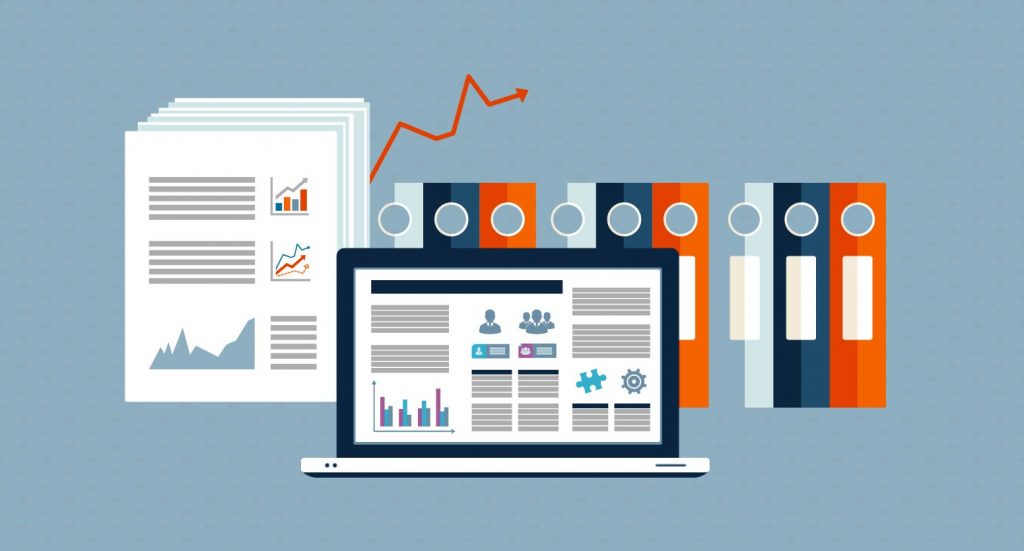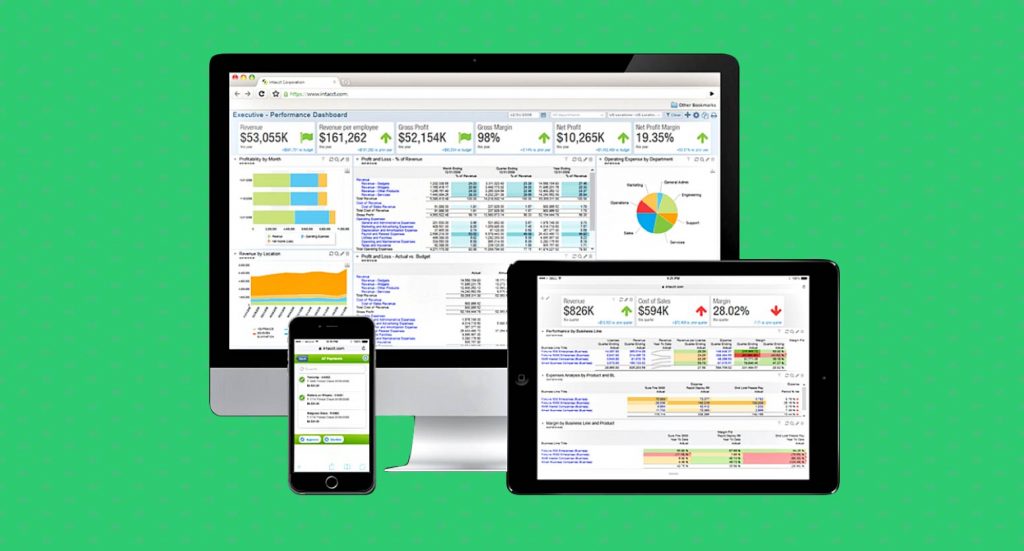
BY DAVID THIKOLL
There are hundreds of financial reporting tools available to business, but the number one tool remains Microsoft Excel, with over one billion users worldwide. There’s a good reason Excel has secured such a strong foothold in business – it’s easy to learn and to use and it’s on every device we own. But just because it’s the most common reporting tool does not mean it’s the best. Now don’t worry, we’re not about to suggest you abandon your spreadsheets – data analysis Excel will continue to have a place in your toolbox, but allow us to share some of the reasons why you need an enterprise-level reporting tool for your business.
What’s wrong with Excel?
Nothing is wrong with Excel. It’s a great personal data analysis reporting tool – fast, familiar and easy. From quick comparisons, to tracking your kid’s batting average, to creating and sorting lists of data, Excel has tremendous power and benefits. But it is not an enterprise reporting tool. Here’s why:
- Mistakes are inevitable: Studies by PricewaterhouseCoopers and KPMG find nearly 90% of spreadsheets have errors. And those errors can be extremely costly.
- Data went stale: Without real-time input and refresh, reports are outdated the moment they are produced.
- Simple tool proves complex: Basic report production is simple, but producing multi-sheet, linked reports takes experience, talent and training, and lots of care and feeding.
- Excel doesn’t like to share
: Sharing Excel reports is largely a manual process, stifling collaboration and timely data access. However, Office 365 can help foster teamwork. - Version confusion: Is the team looking at the current version of your budget – or last month’s?
- What you don’t know CAN hurt you:
- Hidden cells can affect the accuracy of a spreadsheet and the impact is magnified with multiple versions of the spreadsheet floating around.
- No audit trail: Fraud is difficult to detect and prevent because the data can be easily changed.
- Just plain inefficient: Somebody (or somebodies) must spend the time to build and maintain each of the spreadsheets used, which typically involves a great deal of duplicate data entry.

What should I be using?
What enterprises need from their financial reporting is in-depth insight, available on demand. You need easy to create, easy to customize, and easy to share reports that deliver a complete view of your organization.
Sage Intacct provides the best financial reporting of any accounting system. It tracks operational and financial data – by business driver – that allows you to ask new business questions, get fast answers, and make quick, confident decisions. From granular, transaction-level details to broad consolidations, with Sage Intacct you can get it all without exporting (to Excel!), writing custom scripts or waiting for someone to customize a report. Sage Intacct is an enterprise reporting tool, with functionality to prove it:

- Guided user interface: Build a new report from scratch, customize an existing report, or tweak one of the 150 included reports to uncover the data you need.
- Dimension driven: Dimensions allow you to quickly filter, group and summarize your data by the attributes that matter to your business, such as project, location, department, warehouse or contract.
- Comprehensive dashboards: Build user-specific dashboards that include reports, graphs, charts, visualizations, custom lists, calendars, links and more.
- Real-time data: Build a report or dashboard once, then let Sage Intacct update it for you in real time.
- Drill down capabilities: Drill from summary numbers to detailed figures, journal entries
and underlying transactions. - Flexible delivery: Send scheduled or on-the-fly reports to anyone, anytime.
- Report exports: If you still need your financial reporting data in Excel, Sage Intacct allows you to output your reports in Excel format – HTML, PDF
and CSV formats, too.
The formula for reporting success
The takeaway here is this: data analysis Excel will long have a place and a purpose, but that place and purpose are not as your organization’s primarily financial reporting tool.

